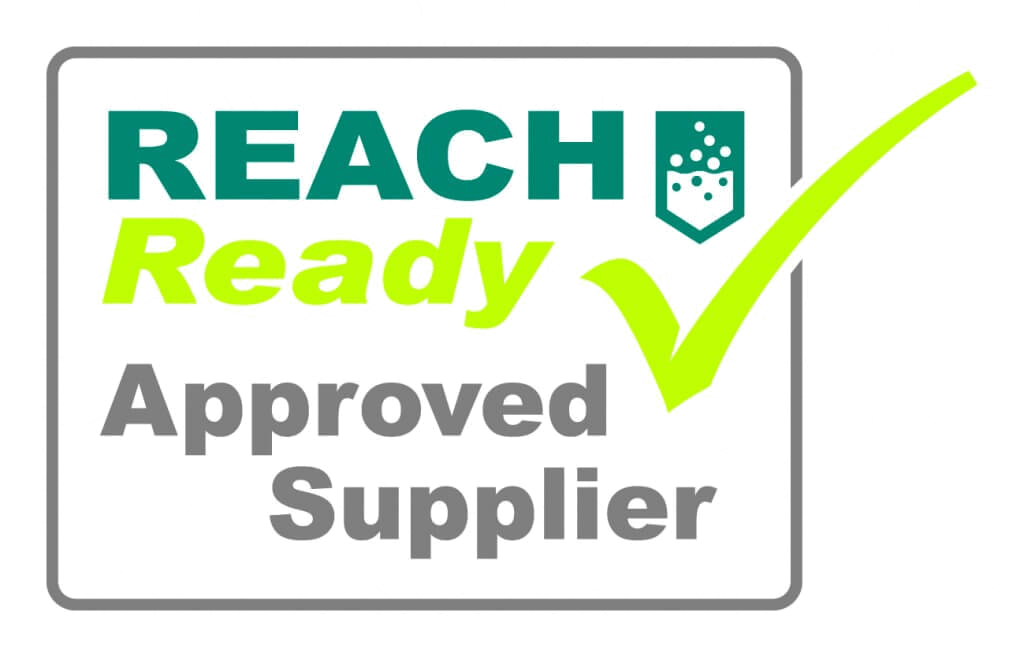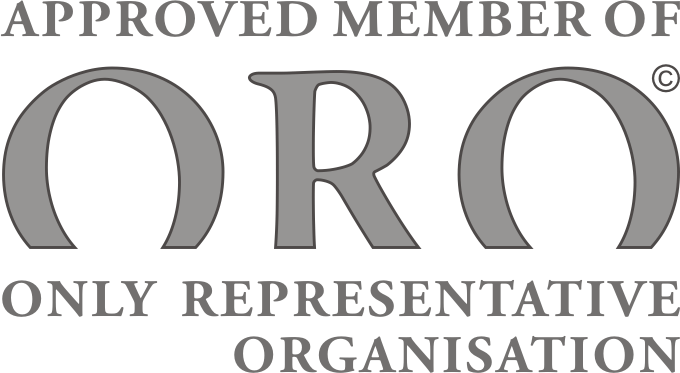Can Ethanol Be Replaced as a Disinfectant?

The European Chemicals Agency (ECHA) has launched a public consultation on the use of ethanol as a disinfectant in product types PT1 (human hygiene), PT2 (disinfectants not intended for direct use on humans or animals), and PT4 (disinfectants for areas involving food or feed). The consultation gives stakeholders the opportunity to share their views on […]
CLP Regulation: New Requirements for Hazardous Chemicals
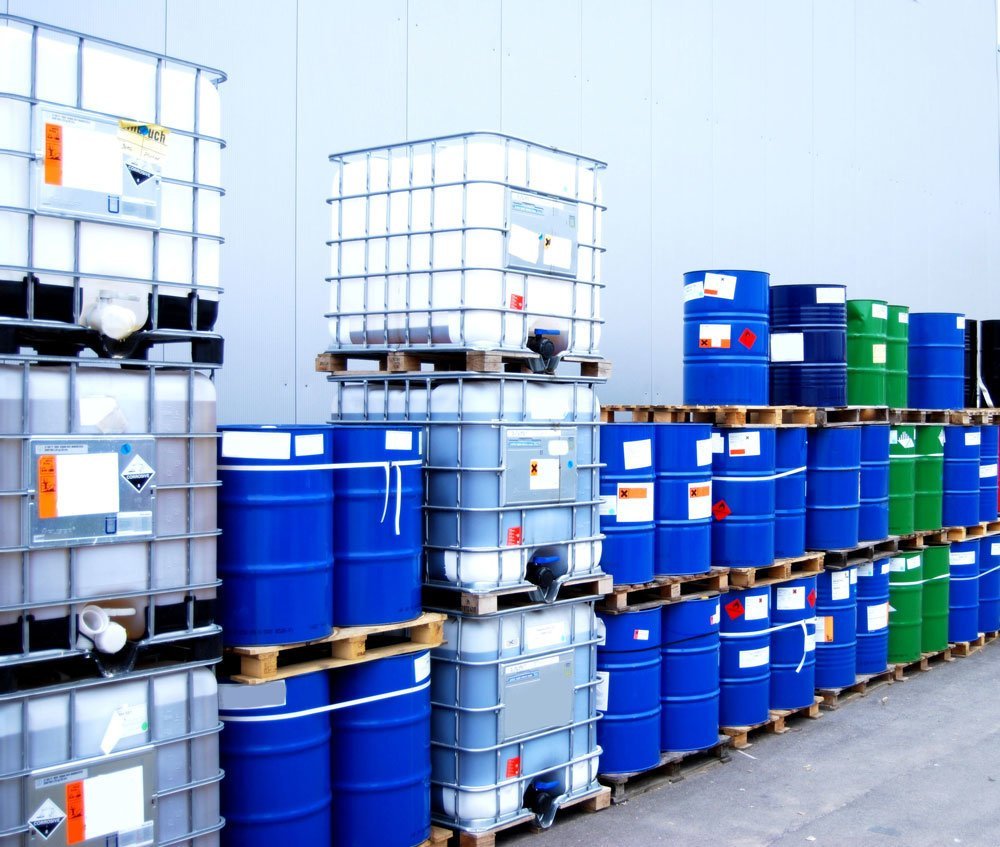
CLP Regulation Update The EU has updated the CLP regulation concerning the classification, labeling, and packaging of chemicals. This change clarifies rules related to chemical classification and labeling, as well as the information obligations for chemicals sold online. EU Regulation (EU) 2024/2865 amends the existing CLP regulation (EC No. 1272/2008), which regulates the classification, labeling, […]
35% of inspected Safety Data Sheets are non-compliant
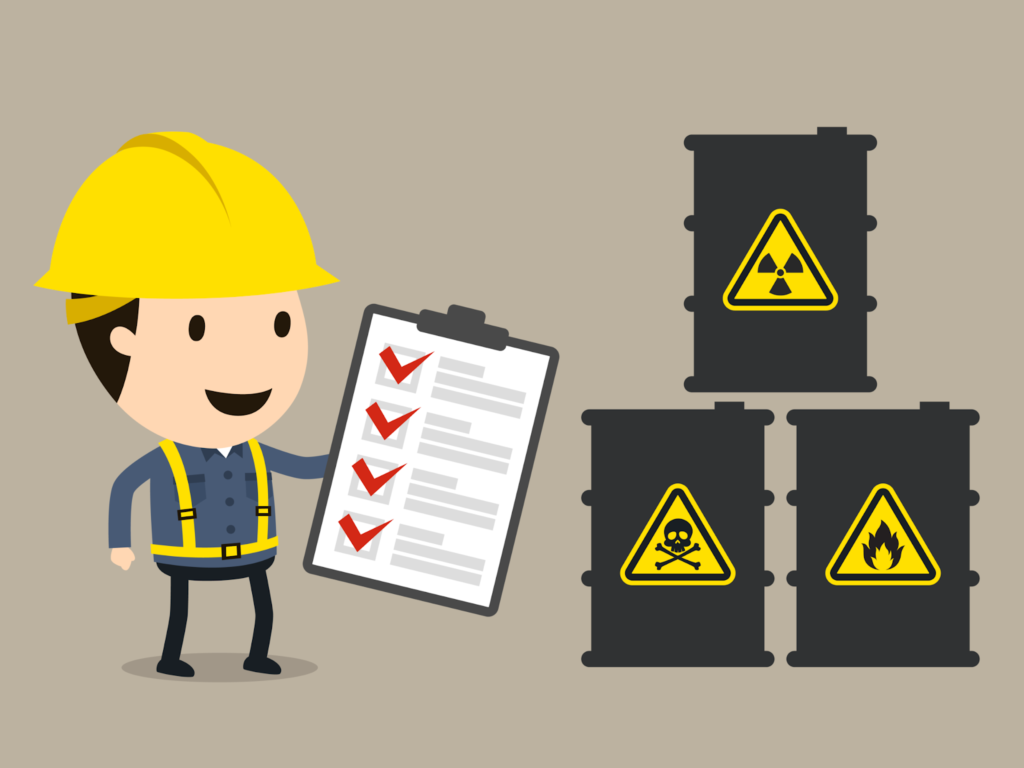
ECHA inspected 2500 safety data sheets A recent EU-wide initiative by ECHA’s Enforcement Forum revealed that 35% of inspected safety data sheets (SDS) failed to meet compliance standards. While compliance rates have improved compared to earlier checks, further efforts are needed to ensure high-quality information that protects workers, professional users, and the environment from the […]
Chementors’ Team Day in August 2024

Client’s benefit as the central theme Chementors organized a team day last August, held in sunny Tampere, Finland. The day’s agenda centered around diverse team building and ensuring all our operations benefit our clients. The Chementors team enjoyed visiting traditional locations in Tampere whilst determining our core values, working methods, and goals. The team day […]
Finnish Customs Reject 11% of Imported Jewelry

Customs Authorities Reject 11% of Commercially Imported Fashion Jewelry Due to Hazardous Materials In 2023, Finnish Customs rejected 11% of commercially imported fashion jewelry made out of non-precious metals due to excessive levels of cancer-causing cadmium, toxic lead, and allergenic nickel found in pieces made from non-precious metals. Similar issues with jewelry imported from outside […]
EU applied new hazard classes 2023: check if the SDSs of your products are affected
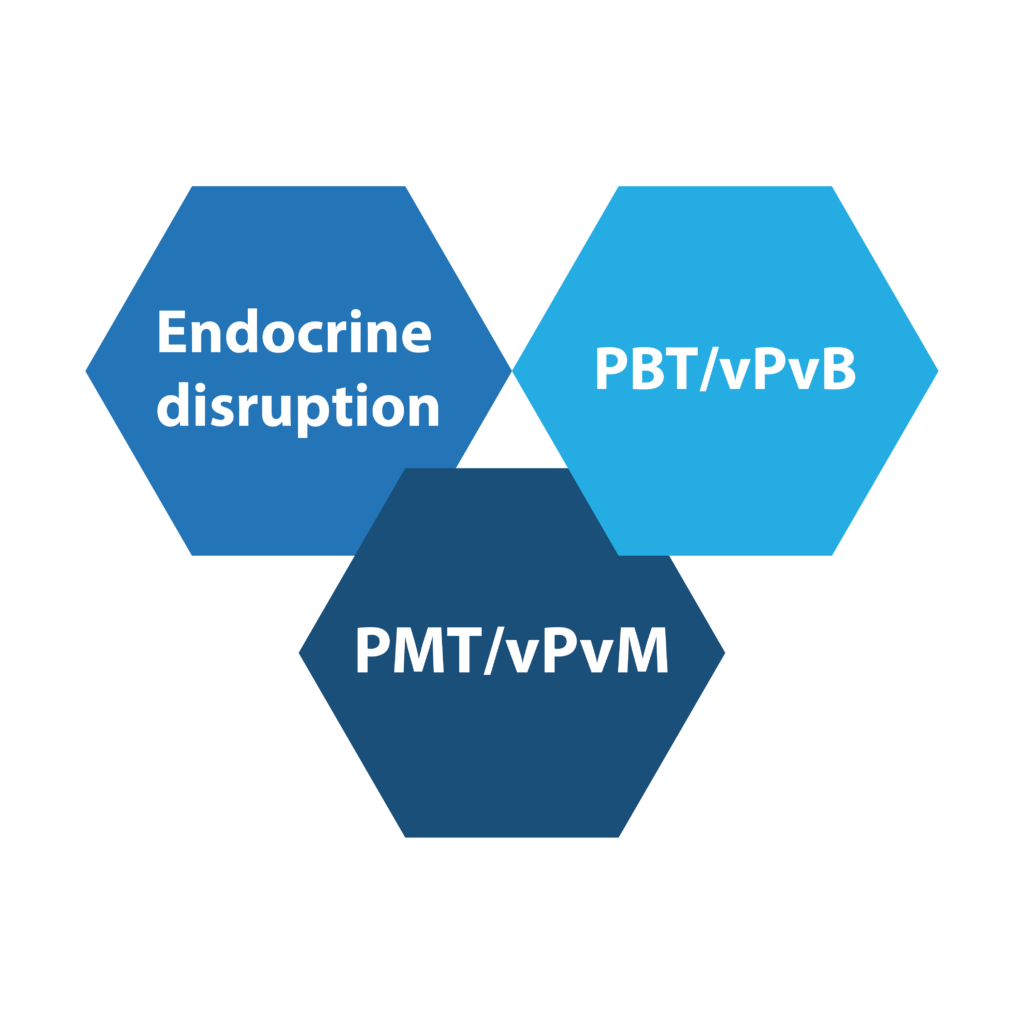
Since 20 April 2023, EU has applied new hazard classes, new hazard statements, and new criteria for the classification, labelling, and packaging of substances and mixtures. This new rule came into force officially via Delegated Regulation 2023/707 amending CLP Regulation (EC) No 1272/2008. Many chemical substances and mixtures placed on the EU market under REACH […]
Important! ECHA started inspecting EU safety data sheets for compliance
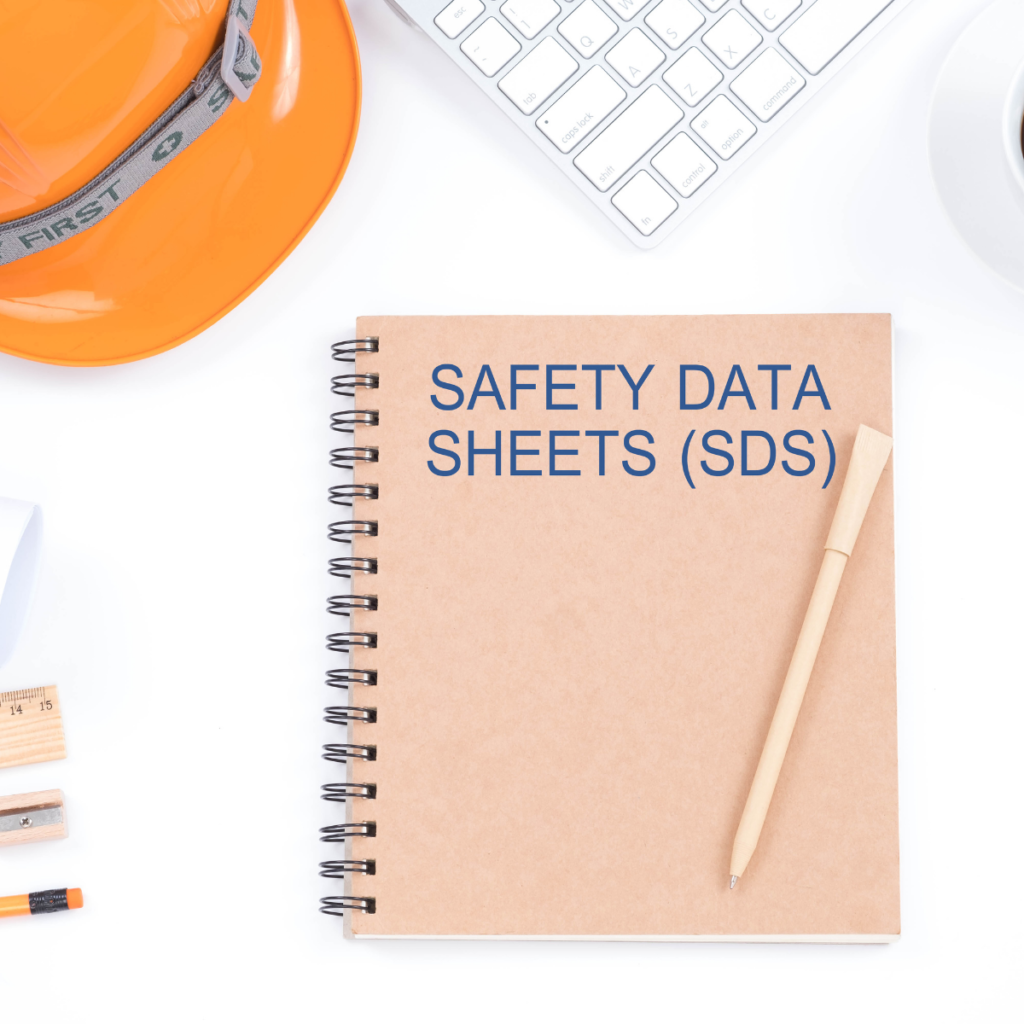
National enforcement authorities have started inspecting the compliance of safety data sheets for chemicals sold on the EU market. Checking safety data sheets was agreed by ECHA’s Enforcement Forum as this year’s harmonised enforcement project (REF-11). The main objective is to assess whether duty holders have updated and provided safety data sheets according to the […]
ECHA adds nine hazardous chemicals to Candidate List

The Candidate List of substances of very high concern now contains 233 entries for chemicals that can harm people or the environment. Companies are responsible for managing the risks of these chemicals and must also give their customers and consumers information to use them safely. ECHA has added nine chemicals to the Candidate List because […]
SCIP database is soon ready for notifications from EEA countries

From 7 November, companies from Iceland, Liechtenstein and Norway can submit notifications on their products containing substances of very high concern to ECHA. The obligation to submit notifications to ECHA’s database of substances of concern in products (SCIP) has been extended to also cover companies supplying articles in the European Economic Area (EEA): Iceland, Liechtenstein […]
Changes have been added to the CLP regulation for harmonized classifications and labeling
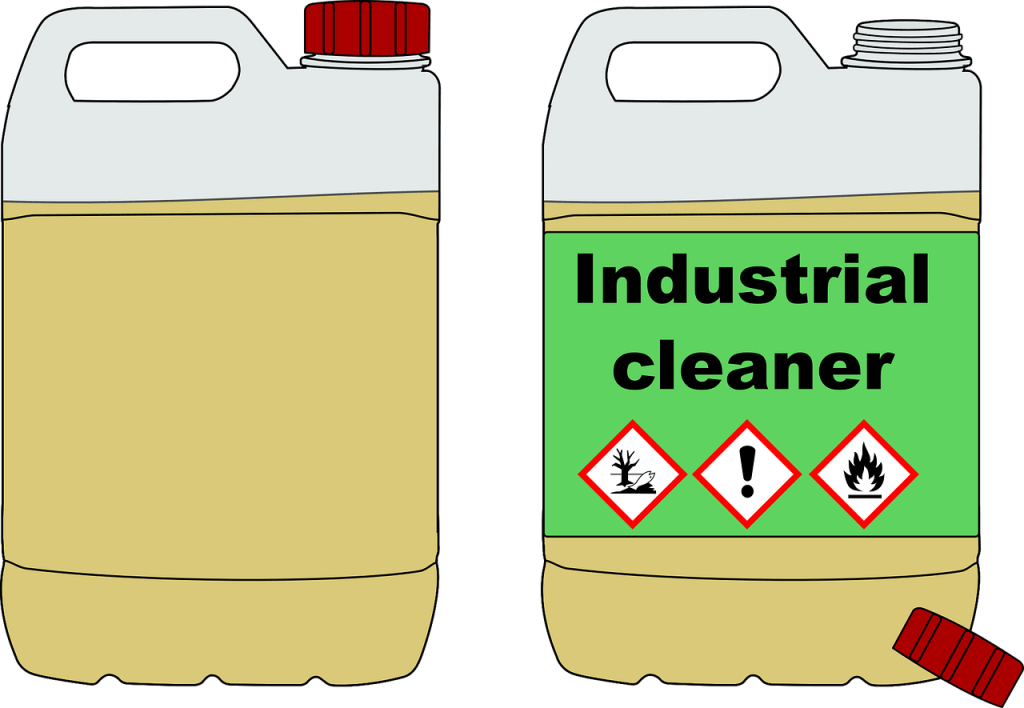
The CLP regulation on classification, labeling and packaging has been updated. New substances have been added to Annex VI of the regulation, and the classifications and labels of some substances already in the annex have been changed. It is the 18th technical adaptation of the CLP regulation, i.e. the ATP18. The substances listed in Annex […]



